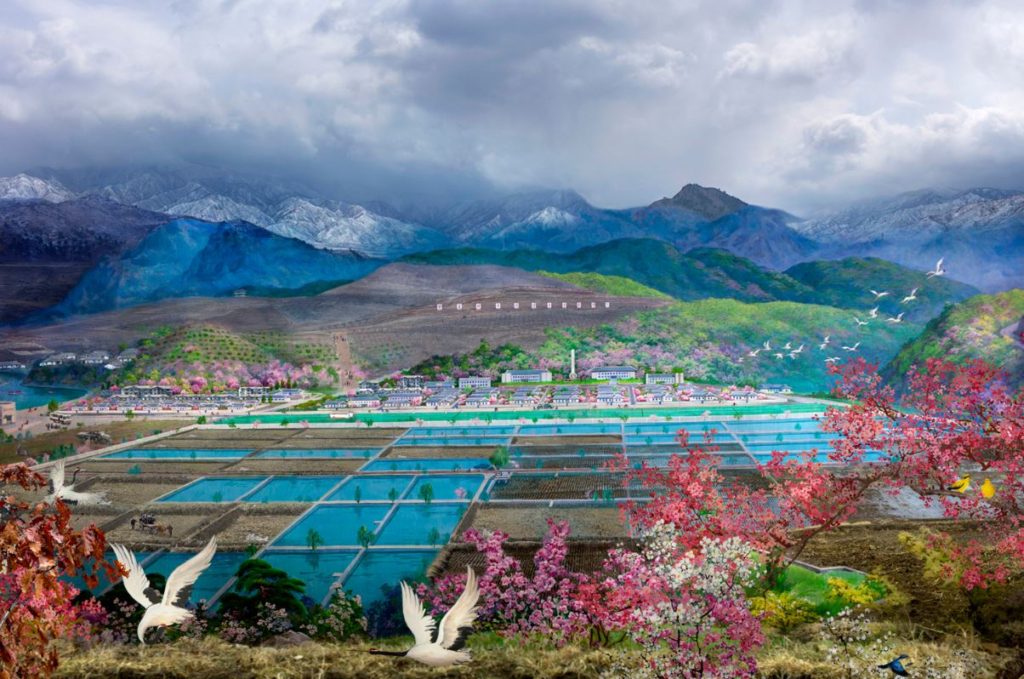In an article by photographer Lewis Bush Eight ‘rules’ of photography that are worth breaking he says how he thinks that breaking the so called ‘rules of photography’ can be extremely useful and can lead photographers to achieve their full potential. The article suggest that by breaking the rules our are able to see the world in a new perspective and that the stories of our time are not always clear to see.

Bush explains the ideas of William Eugene Smith Smith is an American Photojournalist who is extremely dedicated to his projects. In 1955 Smith traveled to Pittsburgh on what was meant to be a three week assignment, however turned into a year long ‘photographic binge.’ He came away with over 17,000 images. He famously quoted this phrase: “I didn’t write the rules – why should I follow them?” allowing him to follow his own rules and principles to follow without others setting them for everyone to follow. If rules weren’t broken then many pieces of art, photography and media would not be around. Rule breaking allows to create new, innovative and niche process when taking photography.

Alice Wielinga born 1981 in the Netherlands graduated from the School of Fine Arts, as a documentary photographer.  With North Korea, a Life Between Propaganda and Reality, she won the Photo Folio Review at the Rencontres d’Arles 2014 and the first prize at the Fine Art section of the Moscow International Foto Award in 2015.Her personal projects have taken her from China to Cuba and recently to Pakistan.
With North Korea, a Life Between Propaganda and Reality, she won the Photo Folio Review at the Rencontres d’Arles 2014 and the first prize at the Fine Art section of the Moscow International Foto Award in 2015.Her personal projects have taken her from China to Cuba and recently to Pakistan.
In 2013 she started to pursue a project on North Korea. The country fascinated her for over a decade. She wanted to learn what happened inside North Korea, which seemed a bag black hole on the world map. Where was the story on the 24 million people who live there. How does it feel to live in North Korea? And how will it be possible to convey that in a visible story?

When in Korea she found it incredibly hard to truly document the true side of Korea. “I felt that, with mere documenting, I wasn’t able to tell the story as I was experiencing it,” Because she was not happy with her images, she decided to experiment with her images and digitally merge her images of official North Korea propaganda with her own images of the country and the life that the people lead inside the isolated country. “I see propaganda and reality as two sides of the same coin,” she says. “Propaganda is an essential part of everyday life in North Korea, and because of that a reality in itself.”

